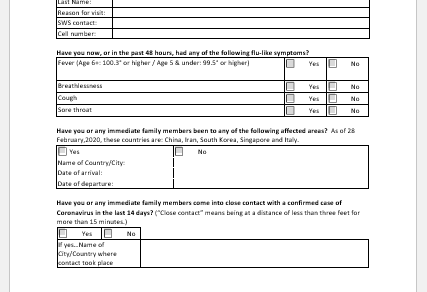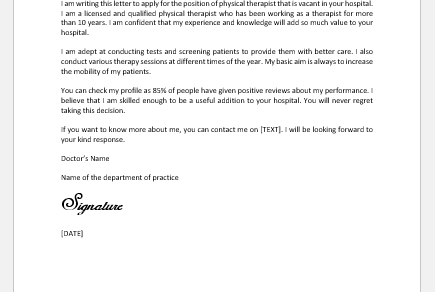Head lice are wingless parasites that spend their entire life on the scalp of human beings. Head lice cause a problem in the affected people which is called Pediculosis capitis.
Head lice are very distressing and irritating and they affect the children mostly. The most common site where head lice reside in the scalp is the nape of the neck and mastoid area behind the ears. These are two places where head lice lay their eggs and then they develop into adults to live on the blood from the scalp of the person they live in.
The head lice suck blood from the scalp and local vessels and cause a distressing, irritating situation for the affected kids or adults equally. Apart from that, they look really untidy and embarrassing for the person who has been infested with head lice.
Signs and symptoms of head lice
- Itching is one of the most common and diagnostic signs of head lice. An itching child with his hand constantly rubbing in the scalp is a classic indication of the fact that a head louse has infected this poor baby.
- Since children are too small to express their itching and distress, they may exhibit an excessively irritable and annoying attitude. Parents may find him crying all the time while sometimes trying to rub the scalp. If your child is exhibiting this sort of attitude, you must check his scalp for head lice.
- Excessive itching and scratching can result in scratch marks and bleeding from the scalp. Excessive itching and bleeding also cause raised bumps and redness in the scalp in patches. This results in a sore and painful scalp. Washing hair becomes a painful process because alkalis and soaps in shampoos irritate the scalp and increase the pain of the baby.
- You may also notice that head lice are contagious. One day, you saw one child being infected with the parasite, and the next day another child or another member of the same family is seen itching his scalp like anything. So, that is again a confirmatory sign for the head lice.
Diagnosis and management of head lice
It is very important to identify the head lice and their active eradication from the house. It is unhygienic and is the source of other viral diseases as well. A head louse can be identified in the scalp with the naked eye if they are plenty in number. You can use a magnifying glass to notice the presence of this parasite. Eggs of the head lice are also found in colonies.
Head lice result for school-going children
As mentioned earlier, head lice are contagious and schools put an extra focus to make sure all the children are lice-free. For this purpose, a regular lice examination is done and results are shared with the parents. If a child is found with head lice, parents are intimated and asked to make their kid lice-free. It is important for the child himself and for the other students who are studying with him.



